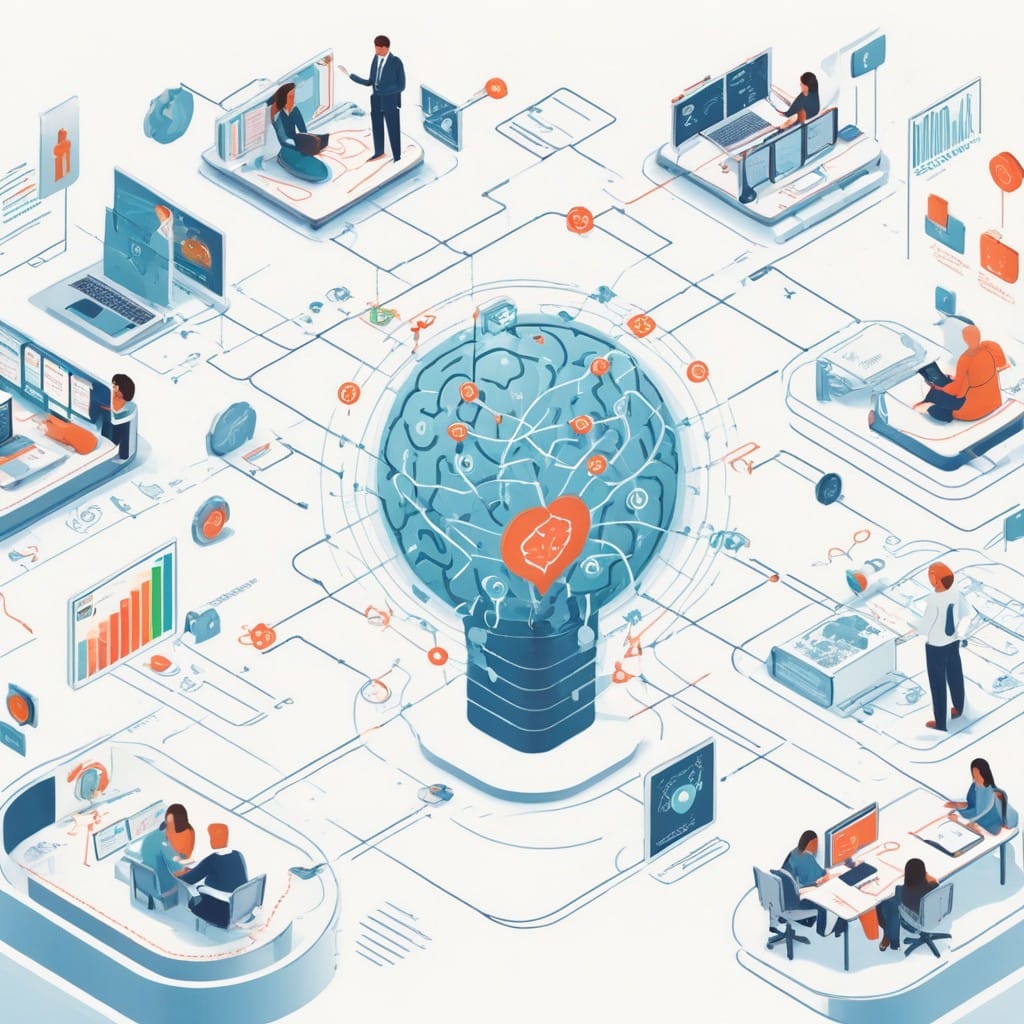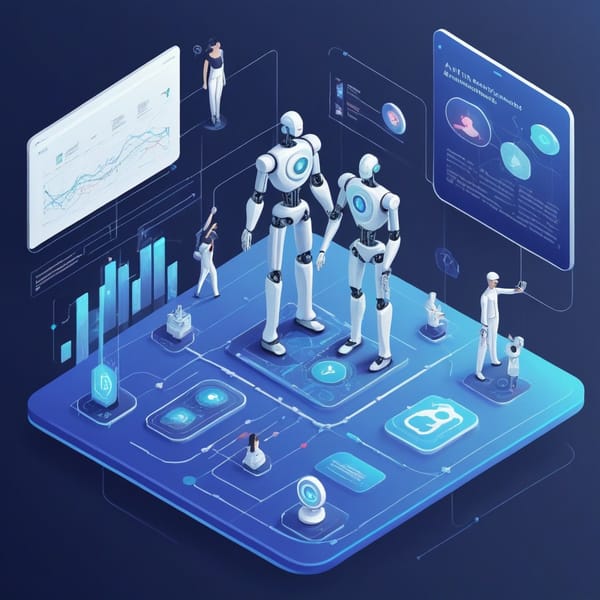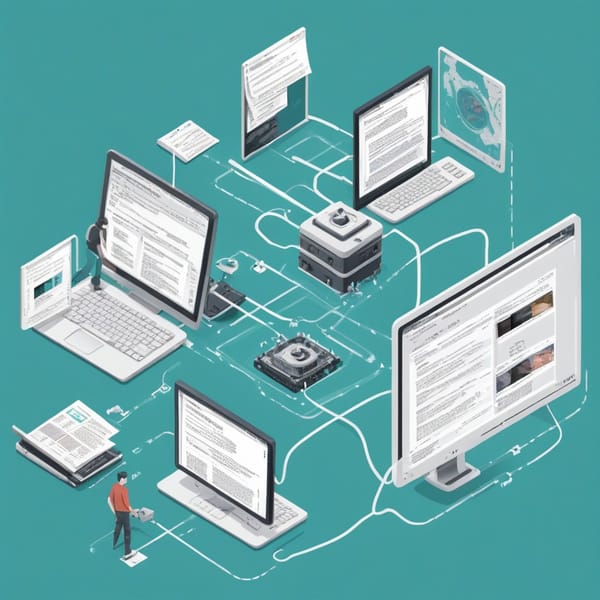How AI-Driven Impact Tracking Transforms Philanthropy Workflows in n8n

Philanthropy is evolving rapidly, with technology playing a pivotal role in maximizing impact. Nonprofits and social enterprises are increasingly turning to automation tools like n8n to streamline operations, but the real game-changer is integrating AI-driven impact tracking into these workflows. By leveraging artificial intelligence, organizations can measure, analyze, and optimize their philanthropic efforts with unprecedented precision.
The Power of n8n in Philanthropy Workflows
n8n is a flexible, open-source workflow automation tool that enables nonprofits to connect disparate systems, automate repetitive tasks, and improve efficiency. From donor management to grant distribution, n8n helps organizations scale their impact by reducing manual workloads. However, while automation improves operational efficiency, it doesn’t inherently measure outcomes—this is where AI steps in.
Why AI-Driven Impact Tracking Matters
Traditional impact measurement relies on manual data collection and retrospective analysis, which can be time-consuming and prone to bias. AI-driven impact tracking, on the other hand, offers:
- Real-Time Insights – AI can process large datasets instantly, providing up-to-date metrics on program effectiveness.
- Predictive Analytics – Machine learning models can forecast future outcomes based on historical data, helping nonprofits allocate resources more effectively.
- Personalized Engagement – AI can analyze donor behavior and recommend tailored engagement strategies to boost retention.
- Automated Reporting – Instead of compiling reports manually, AI generates dynamic dashboards that highlight key performance indicators (KPIs).
Integrating AI Impact Tracking with n8n
Here’s how nonprofits can enhance their n8n workflows with AI-driven impact tracking:
1. Automated Data Collection & Processing
- Use n8n to pull data from CRM systems, social media, and field reports.
- Integrate AI tools (e.g., OpenAI, Google Vertex AI) to clean, categorize, and analyze this data.
2. Sentiment Analysis for Donor Feedback
- Deploy AI models to assess donor sentiment from emails, surveys, and social media.
- Automatically flag negative feedback for follow-up, improving donor satisfaction.
3. Predictive Fundraising Optimization
- Train AI models on past donation patterns to predict future giving trends.
- Use n8n to trigger personalized outreach campaigns based on these predictions.
4. Dynamic Impact Dashboards
- Connect n8n to BI tools like Tableau or Power BI via APIs.
- Let AI generate real-time visualizations of program impact for stakeholders.
Case Study: AI-Powered Grant Distribution
Imagine a foundation using n8n to automate grant applications. By integrating AI, they can:
- Score applications based on historical success rates.
- Detect fraud by cross-referencing applicant data with external databases.
- Track post-grant impact by analyzing beneficiary feedback and progress reports.
This not only speeds up decision-making but ensures funds are allocated where they’ll have the greatest impact.
Challenges & Considerations
While AI-driven impact tracking offers immense potential, nonprofits must address:
- Data Privacy – Ensure compliance with GDPR and other regulations.
- Bias in AI Models – Regularly audit algorithms to prevent skewed results.
- Resource Constraints – Smaller nonprofits may need low-cost or open-source AI solutions.
The Future of AI in Philanthropy
As AI technology advances, we’ll see even deeper integration with tools like n8n. Imagine:
- AI-powered chatbots guiding beneficiaries through application processes.
- Blockchain + AI for transparent, tamper-proof impact tracking.
- Generative AI drafting impact reports in seconds.
Conclusion
AI-driven impact tracking is revolutionizing philanthropy by bringing speed, accuracy, and scalability to n8n workflows. Nonprofits that embrace this synergy will not only work smarter but also demonstrate their impact more effectively—securing more funding and driving greater social change.
By combining automation with AI, the future of philanthropy is data-driven, transparent, and infinitely more impactful.
Would you like any refinements or additional sections, such as tool recommendations or step-by-step integration guides?



